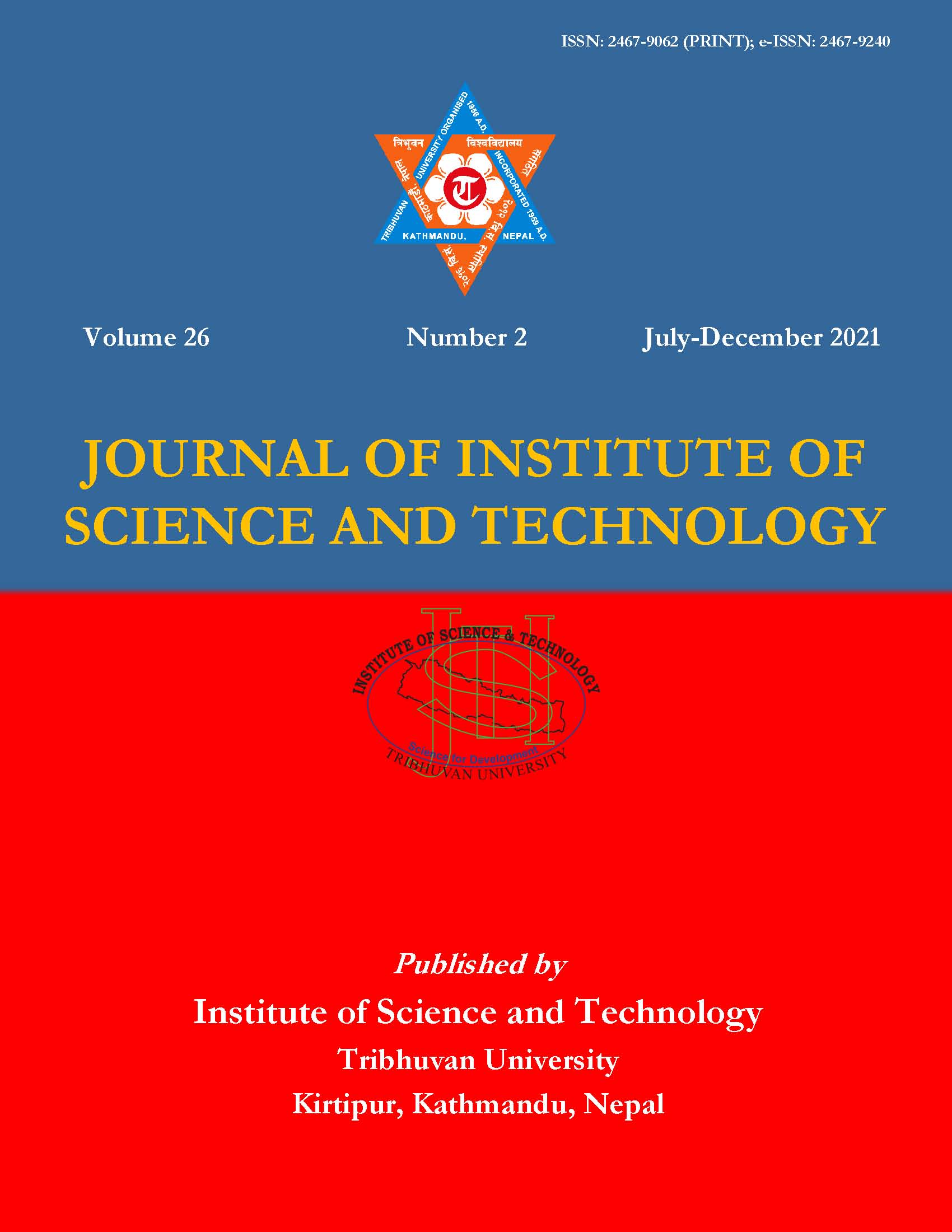Regeneration Status of Sal (Shorea robusta Gaertn.) in Community Managed Forests, Tanahun District, Nepal
DOI:
https://doi.org/10.3126/jist.v26i2.41297Keywords:
Community management, saplings, seedlings, size-class distributions, treesAbstract
The present research aims to know the regeneration status of community managed Shorea robusta (Sal) forests; managed for 6-21 years in Tanahun district, a part of Gandaki Province, Nepal. These forests were categorized into two groups according to management duration (more than 10 years and equal or less than 10 yrs). The regeneration status of the forest was estimated by calculating the density of each species in each developmental phase (seedling, sapling and tree). The total tree density of community forest managed for more than 10 years (MCF forest; 1230 plants/ha) was less than the community forest managed for equal or less than 10 years (LCF forest; 1314 plants/ha). The results suggest that the size class distribution of the trees resembling inverse-J shaped indicates the good regenerating capability of both forests. After the handover of forests to the community, Sal density had increased rapidly in both the forests. Community management had a significant positive impact on the regeneration of the forest, and thus, the productivity of the forest. Thus, the study of regeneration of forest trees has important implications for the conservation and management of natural forests.
Downloads
Downloads
Published
How to Cite
Issue
Section
License
Copyright (c) 2021 Institute of Science and Technology, T.U.

This work is licensed under a Creative Commons Attribution-ShareAlike 4.0 International License.
The views and interpretations in this journal are those of the author(s). They are not attributable to the Institute of Science and Technology, T.U. and do not imply the expression of any opinion concerning the legal status of any country, territory, city, area of its authorities, or concerning the delimitation of its frontiers of boundaries.
The copyright of the articles is held by the Institute of Science and Technology, T.U.




